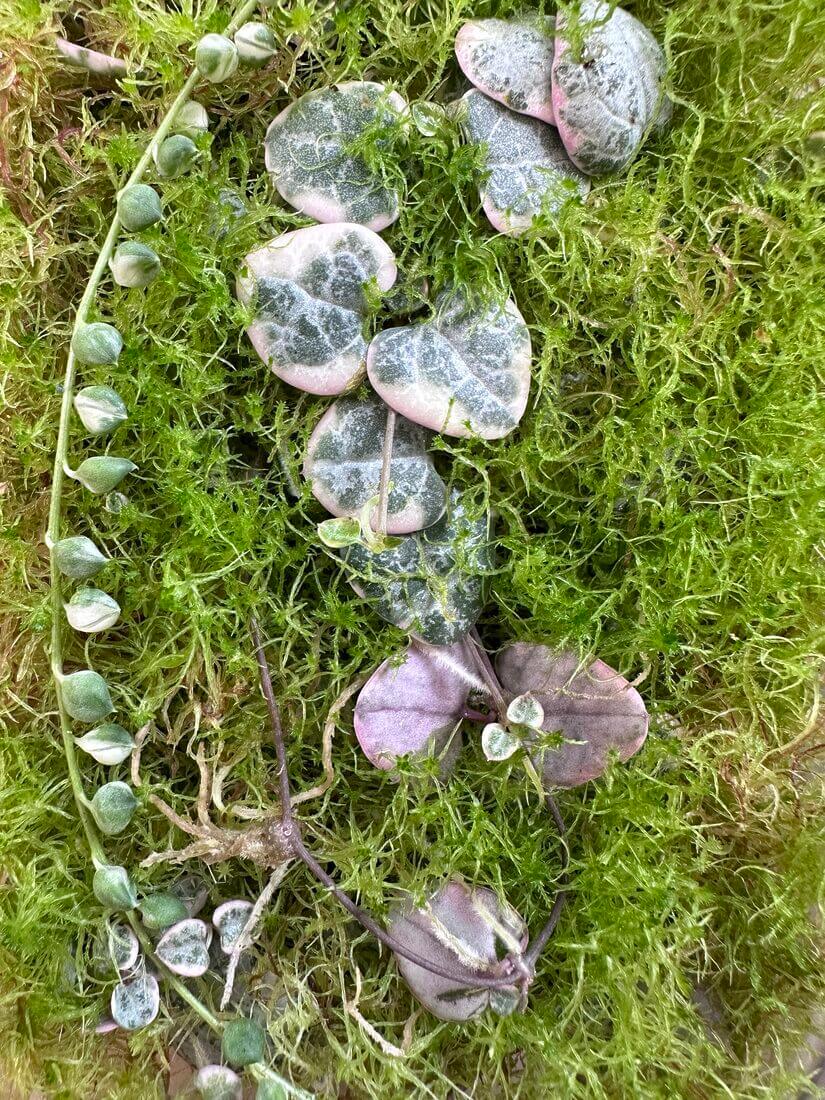When delving into the world of plant propagation, understanding the various environmental factors becoming essential, especially when it comes to light. Do cuttings need light to root? This question is pivotal for both amateur gardeners and seasoned horticulturists alike. The nuances of light requirements can significantly impact the success of propelling your plant propagation endeavors. Let’s explore the intricate relationship between light and the rooting process.
Light plays a fundamental role in photosynthesis, the process by which plants convert light energy into chemical energy. However, the debate concerning the amount of light necessary for cuttings to develop roots requires a closer examination. While some cuttings flourish in bright, direct sunlight, others may succumb to stress under similar conditions. Understanding these diverse needs can radically transform your approach to plant propagation.
The first aspect to consider is the origin of the cutting. Different plant species have varying light preferences based on their native environments. Some plants, like succulents, are accustomed to bright, intense light, while others, such as ferns, thrive in shaded undergrowth settings. Recognizing these origins can guide you in creating optimal propagation conditions.
For succulents and cacti, moderate to bright indirect light is typically beneficial. These plants store water and can tolerate higher light conditions without succumbing to rot. However, exposing cuttings to direct sunlight particularly when first taken can result in desiccation, as they lack roots to absorb moisture effectively.
The notion of intensity plays into this dynamic relationship. Intensity refers not only to the brightness of light but also to its duration. Light intensity varies throughout the day and corresponds to seasonal changes. During the growing season, a longer photoperiod can be advantageous, helping many species root more effectively.
Considering Light Spectrum: More Than Just Brightness
Plants respond not only to the intensity of light but also to its spectral quality. Light can be broadly categorized into different wavelengths, predominantly seen as blue, red, and far-red spectrums. Blue light promotes vegetative growth, which is essential when cuttings are establishing roots. Conversely, red light encourages flowering, and far-red impacts plant elongation and shading responses. Thus, with an intricate understanding of these spectrums, one can cater to the needs of specific cuttings, optimizing root development.
So, do cuttings need light to root? The short answer is yes, but it isn’t as straightforward as one might think. Cuttings often thrive in bright indirect light when attempting to root, while complete darkness can impede the process. However, newly placed cuttings can benefit from a period of low light intensity to reduce stress as they begin the rooting process. This gradual transition can help them acclimate, minimizing their metabolic strain.
Experimenting with Light Conditions: A Practical Approach
In the pursuit of successful cuttings, experimentation becomes invaluable. Setting up controlled environments, such as propagation stations or mini-greenhouses, can allow one to manipulate light conditions effectively. By utilizing grow lights that mimic natural sunlight, one can tailor the light spectrum and intensity to match the needs of particular cuttings. This technological advancement allows for year-round propagation, irrespective of external seasonal light conditions.
Additionally, rotating cuttings regularly to encourage uniform growth and prevent uneven stretching is a practical recommendation. This method ensures balanced exposure to light, enhancing the overall health of the plant.
Humidity and Temperature: The Unsung Heroes
While light is a crucial aspect for successful rooting, humidity and temperature levels cannot be overlooked. High humidity creates a conducive environment for root development by reducing transpiration and water loss from the cutting. Coupling sufficient humidity with appropriate lighting thus fosters ideal conditions for rooting. A temperature range of 65-75°F typically enhances the rooting process, aligning perfectly with the comfort zones for many plant species.
The Power of Patience: Allowing Nature to Take Its Course
The rooting process takes time. Regardless of how meticulous the lighting setup or environmental conditions, each plant reacts according to its natural rhythm. Observing and interpreting the visual cues from your cuttings can be as crucial as monitoring their light exposure. Yellowing leaves may signify too much light, while stunted growth can indicate insufficient light. Patience, coupled with keen observation, allows nature to unfurl its wonders at its own pace.
Conclusion: The Path to Successful Propagation
Navigating the intricate world of plant propagation requires an understanding of the critical interplay between light and rooting. Cuttings indeed need light to root, but the type, intensity, and duration of light play formidable roles in their success. Factors such as plant origin, distance from a light source, and spectral quality significantly influence rooting outcomes. Harnessing this knowledge offers a promising shift in perspective for propagators and can lead to resounding success in cultivating plants. Embracing the full spectrum of care for your cuttings will illuminate the path to fertile planting for flourishing gardens ahead.





Leave a Comment